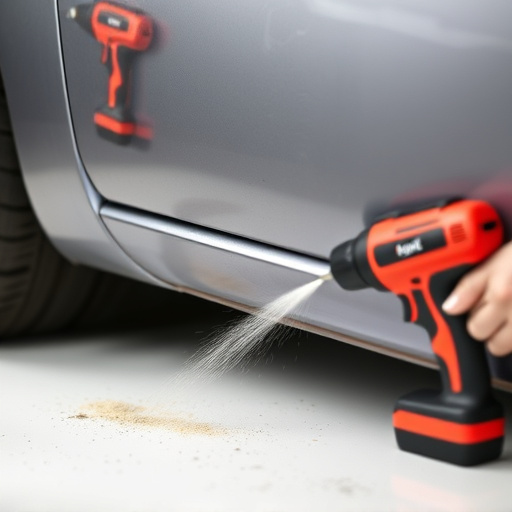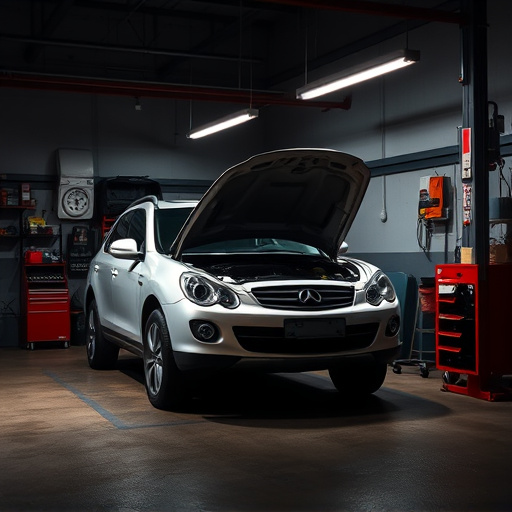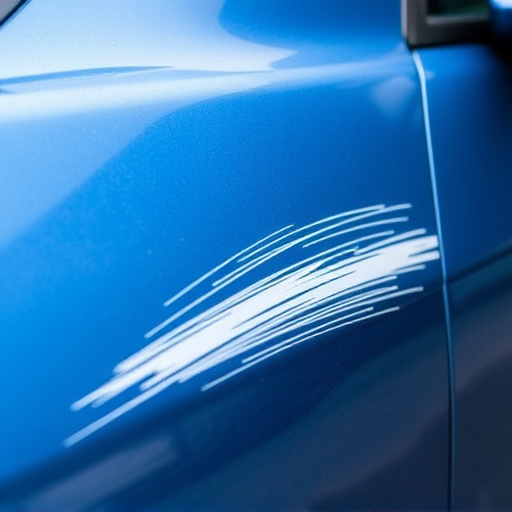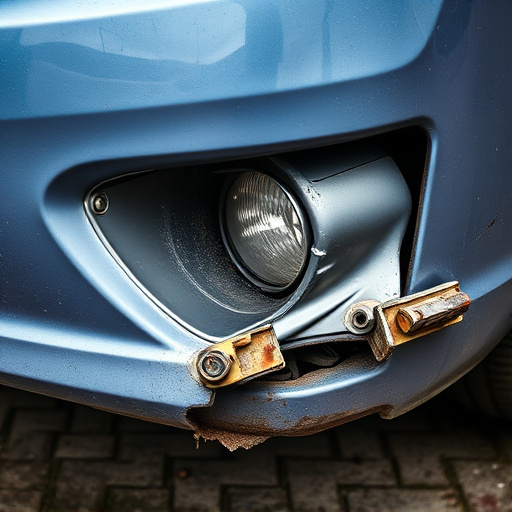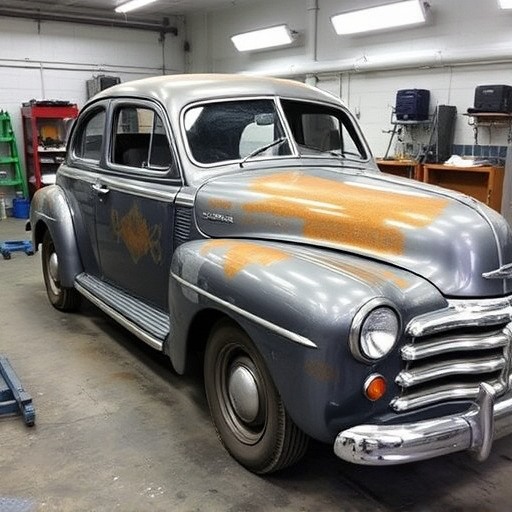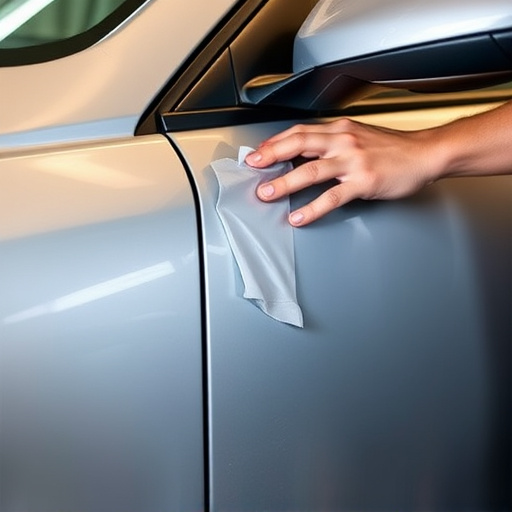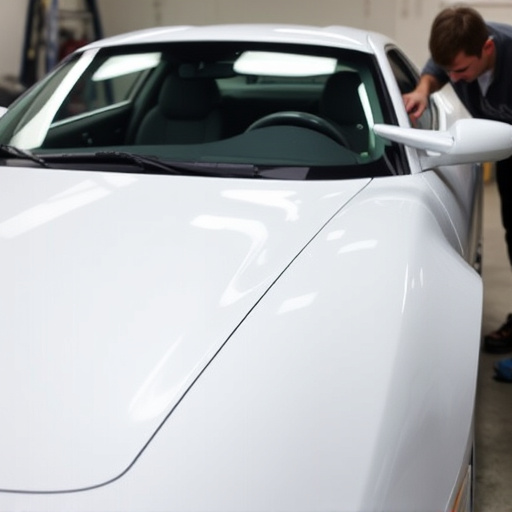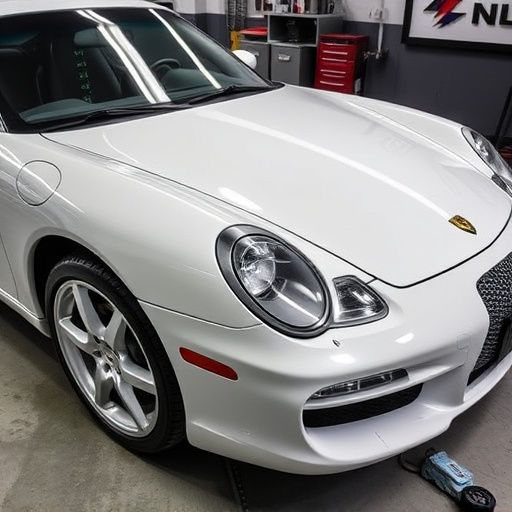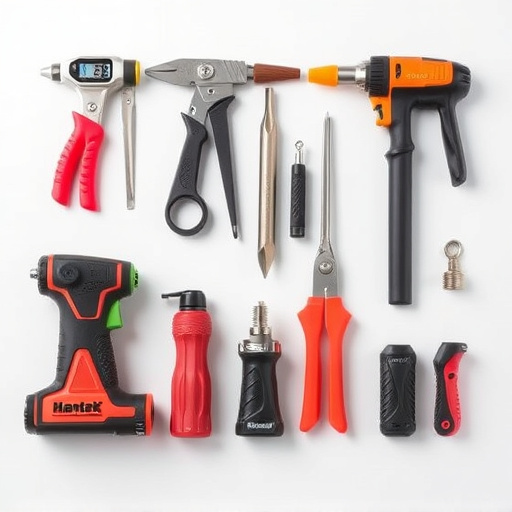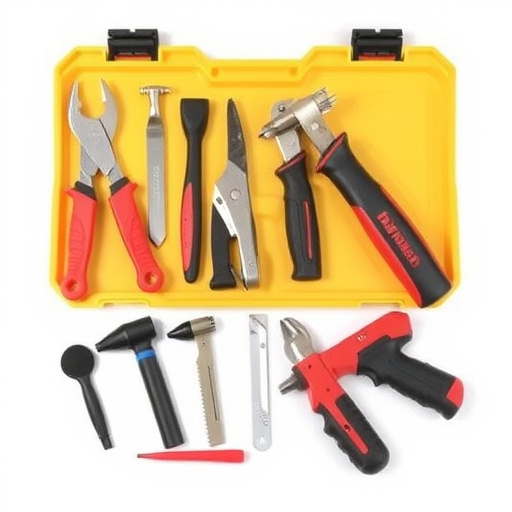After a car accident, steering repair begins with an inspection of structural and cosmetic damage. Technicians assess the steering system and paint repairs, sourcing genuine parts for safety. Preparation involves disassembly and cleaning, leading to tasks like paint repair or dent removal. A final test drive ensures smooth handling and precise control, confirming the vehicle's safety and readiness for the road after accident-related steering repair.
After a car accident, prompt and proper steering repair is crucial for both safety and vehicle longevity. This comprehensive guide outlines the essential timeline for restoring your vehicle’s steering system. We’ll walk you through each step, from assessing damage during the initial inspection post-accident to final checks after the repair. Learn about part acquisition, preparation, and ensuring functionality with a test drive—all vital elements in the journey towards safe, reliable transportation.
- Assessing Damage: Initial Inspection After Accident
- Part Acquisition & Preparation for Repair
- Restoring Functionality: Test Drive & Final Checks
Assessing Damage: Initial Inspection After Accident
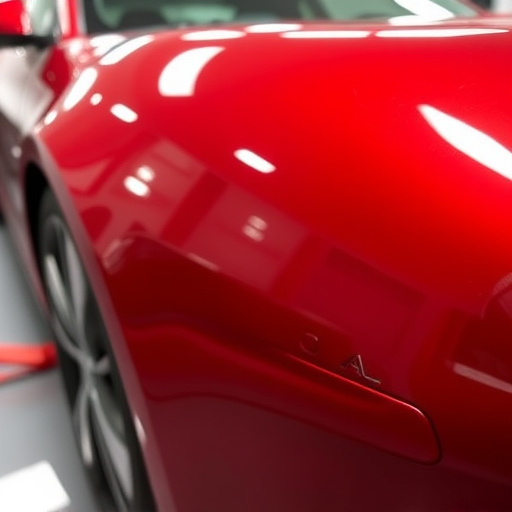
After a car accident, the first step in the steering repair process is a thorough inspection to assess the damage. This initial evaluation is crucial for determining the extent of the repairs needed and identifying any potential safety hazards. Skilled technicians will carefully inspect the vehicle’s steering system, including the steering column, rack, and pinion, to pinpoint any structural damage or component replacements required.
During this stage, experts also scrutinize the vehicle paint repair needs. While focusing on the mechanical aspects of steering repair, they assess the cosmetic damage, which could involve dings, scratches, or even more significant paint erosion due to the impact. This dual approach ensures that both the car’s performance and appearance are restored to their optimal states, as an automotive body shop would handle these repairs in tandem to deliver a comprehensive solution for customers post-accident.
Part Acquisition & Preparation for Repair
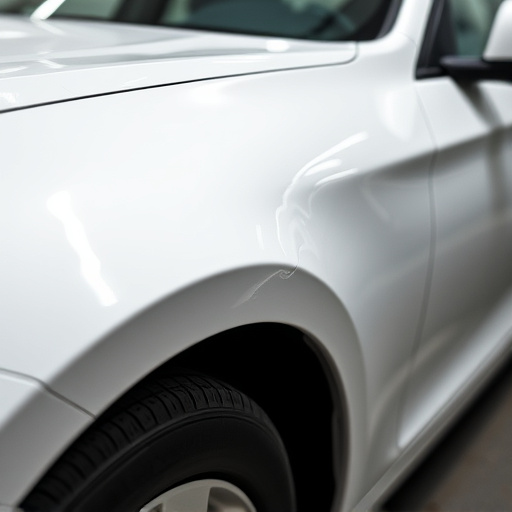
After a steering accident, the first step in your repair timeline is acquiring and preparing the necessary parts. This involves identifying the specific components that need replacement or repair. It’s crucial to source genuine or certified used parts that match your vehicle’s make and model precisely. The steering system, after all, is a critical safety feature, and subpar parts could compromise future driving safety.
Once the correct parts are secured—whether it’s a new steering wheel, a rebuilt steering column, or specialized repair kits—the preparation phase begins. This might include disassembling certain components to access damaged areas, cleaning the affected parts thoroughly, and ensuring they’re ready for replacement or adjustment during the actual steering repair process. Remember that proper part acquisition and preparation set the stage for successful vehicle restoration, including tasks like car paint repair or even paintless dent repair if needed.
Restoring Functionality: Test Drive & Final Checks
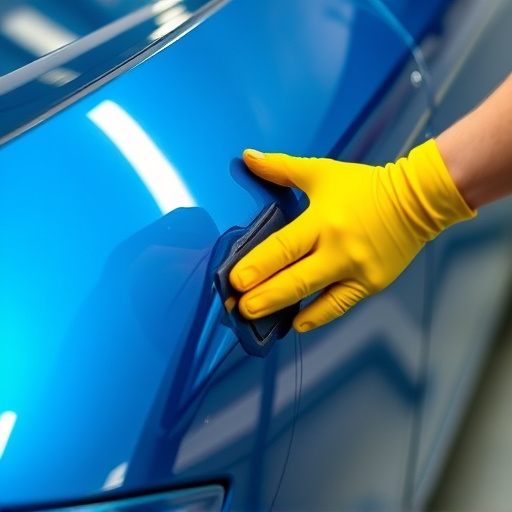
After several days or weeks dedicated to diagnosing and fixing the steering repair after an accident, the final step in the restoration process is to ensure full functionality through a test drive. This crucial phase involves letting the vehicle take on various driving conditions, both regular and emergency maneuvers, to confirm that the steering system operates smoothly and precisely. During this test period, mechanics perform meticulous checks to identify any lingering issues or adjustments needed.
A test drive allows for an evaluation of critical safety components, ensuring the driver retains full control at all speeds. It’s a chance to assess whether the repairs have restored the car’s handling to its pre-accident condition, enhancing both driving comfort and safety. This step is vital in auto maintenance, especially after an automotive collision repair or car body repair, as it provides peace of mind for the owner and guarantees that their vehicle is safe to operate on the road again.
After completing the essential steps of assessing damage, acquiring parts, and restoring functionality through test drives and final checks, it’s crucial to remember that a proper timeline for steering repair after an accident is vital. Each vehicle and its damages are unique, so adhering to a structured plan ensures a safe return to the road. In terms of steering repair accidents, managing expectations and following expert advice will facilitate a smooth and timely recovery, enabling you to navigate the roads with renewed confidence.

